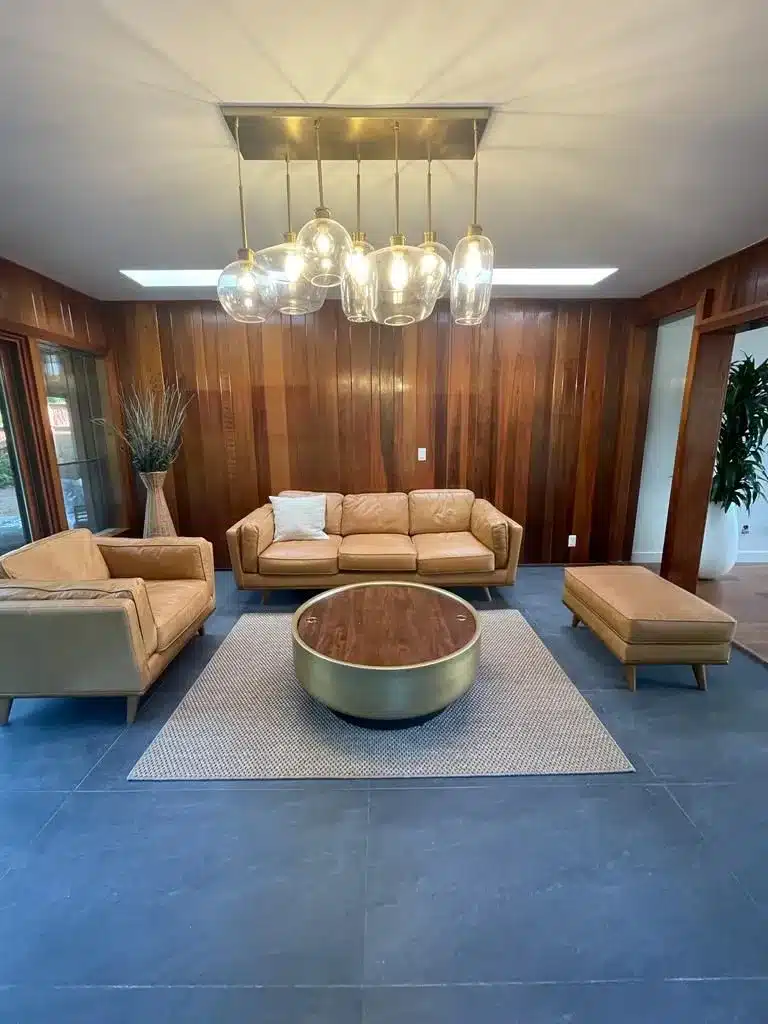California homeowners gained significant new opportunities in 2025 with updated accessory dwelling unit regulations. These legislative changes make ADU construction and building secondary homes easier than ever before. Whether you’re considering a backyard cottage or garage conversion, understanding these new rules helps you make informed decisions. The updated laws streamline permitting processes while removing previous barriers that complicated development projects.
New 2025 ADU Laws in California: What Changed
California’s ADU landscape has transformed this year with major regulatory changes. Assembly Bill 976 permanently eliminated owner-occupancy requirements, allowing property owners to rent both main and secondary units without living on-site—creating new investment and income opportunities.
Assembly Bill 1332 now requires cities to establish pre-approved dwelling unit plans by January 2025. These standardized designs dramatically accelerate approval processes. Homeowners can select from city-maintained online libraries of code-compliant options instead of waiting months for custom plan reviews.
For older units, Assembly Bill 2533‘s amnesty program helps owners of unpermitted structures built before 2020. Local agencies can’t deny permits based on building violations unless safety risks exist. This practical approach creates clear pathways for owners to legalize existing structures and increase property values.
Multifamily ADU Construction Expansion
Senate Bill 1211 dramatically increases opportunities for apartment and condo owners through expanded ADU construction possibilities. Previously, multifamily properties could only add two detached units regardless of size. The new law allows up to eight additional units, matching the number of existing dwellings on the property.
For example, a duplex can now add two detached units, while an eight-unit building can add eight more. This expansion creates significant investment potential for property owners with adequate space. The legislation also eliminates parking replacement requirements when converting existing spaces into living areas.
These changes particularly benefit urban areas where housing demand exceeds supply. Multifamily property owners can maximize their land use while providing much-needed rental housing. The flexible approach recognizes that different properties have varying capacities for additional development.
Fire Safety and Permit Updates
Recent legislation simplified fire safety requirements for attached dwelling units. Senate Bill 897 eliminates mandatory fire sprinkler systems in main homes when adding attached secondary units. This change reduces costs and complexity for many homeowners considering additions.
However, properties in high-risk fire zones may still require additional approvals. Local fire departments maintain authority over safety standards in these areas. Smart homeowners should:
- Check local fire zone classifications before planning
- Consult fire departments early in the design process
- Consider defensible space requirements around new structures
- Review evacuation access routes for all units
The streamlined permit process now requires agencies to process applications within 60 days. Cities must provide detailed explanations for any denials, including specific improvement recommendations. This transparency helps applicants understand requirements and make necessary adjustments quickly.

Choosing Us for Your Successful ADU Construction Services
Sierra Construction & Design Inc. understands California’s evolving regulations inside and out. Our team stays current with legislative changes to ensure your project meets all requirements. We handle permit applications, design coordination, and the entire ADU construction process from start to finish.
Our experience with local ordinances across San Diego County gives clients confidence in project outcomes. We work with pre-approved plans when appropriate and develop custom solutions for unique properties. From initial consultation through final inspection, Sierra Construction & Design delivers quality results that add lasting value to your property.
The new laws create exciting opportunities for homeowners ready to expand their living space or generate rental income. Contact Sierra Construction & Design today to discuss how these changes can benefit your specific property and goals through professional ADU construction.
FAQ
Can I build an ADU in California by myself?
Yes, homeowners can handle the process independently, provided they follow local building code regulations and secure necessary permits from their city’s planning department. Professional support can simplify complex stages, though self-managed projects are legally permitted in California.
What is an accessory dwelling unit?
It’s an independent residential unit built on a property typically zoned for single-family housing. This secondary home might be attached, separate from the main house, or created by converting spaces like garages or basements, providing extra living accommodations.
Are ADUs a good way to generate passive income?
Yes, building small, secondary homes like granny flats can effectively generate passive income. They create additional rental opportunities, meet growing demand for affordable housing, and typically boost property value, making them attractive investments for homeowners.
